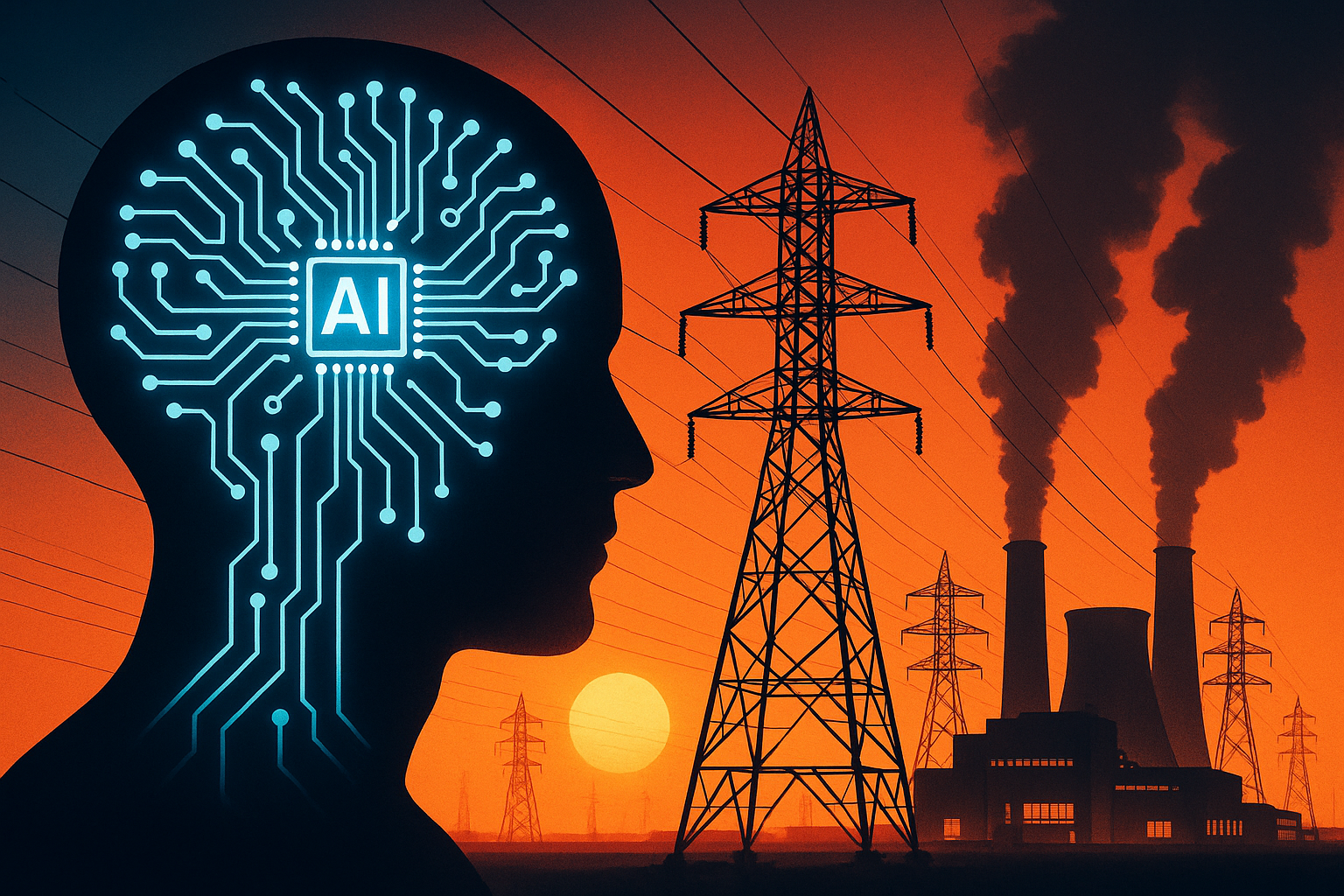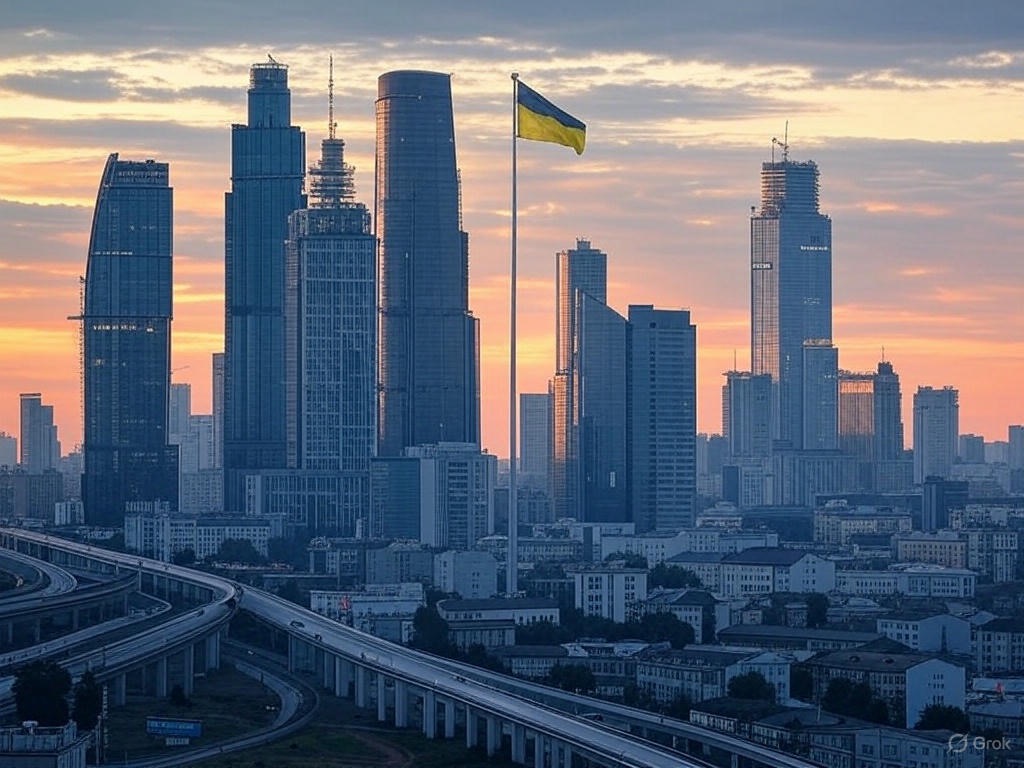The digital glow of artificial intelligence promises to reshape our world, but behind the curtain of code lies a far more elemental challenge: a ravenous, unprecedented hunger for raw power. The race to build the next generation of AI has slammed headfirst into the physical limits of our electrical grids, forcing tech giants to make a high-stakes pivot from software to megawatts. In a dramatic turn, Silicon Valley’s titans are no longer just customers of the power industry; they are becoming the power industry.
At the heart of this storm are the new AI supercomputing data centers, behemoths whose energy appetites are simply staggering. Consider OpenAI’s forthcoming “Stargate 1” facility in Texas. It’s projected to consume an astonishing 1,000 megawatts (1 gigawatt) by mid-2026, a demand profile equivalent to a large city. Nearby in Tennessee, Elon Musk’s xAI “Colossus” supercomputer already draws up to 300 megawatts to fuel its 200,000 advanced chips. This isn’t just an increase in demand; it’s a shock to the system.
The consequences are rippling out to the public. In Pennsylvania, grid operators attribute surging AI-related demand to an 800% spike in capacity auction prices, warning that residents could see their summer electricity bills climb by 20%. The situation became so tense that the state’s governor threatened to withdraw from the multi-state PJM power grid unless new power plants were fast-tracked. The message is clear: AI’s thirst is outpacing our ability to quench it, and someone has to pay the price.
Faced with gridlock and multi-year waits for new infrastructure, the industry’s biggest players are taking matters into their own hands. Their solution is immediate, effective, and contentious: building their own private, gas-fired power plants on-site.
Elon Musk, never one to wait, blazed the trail. To power his Colossus data center, xAI deployed an army of 35 portable natural gas turbines in Memphis, capable of generating over 400 megawatts. To get them running quickly, the company reportedly exploited a regulatory loophole allowing unpermitted generators to operate for nearly a year. This move, however, did not go unnoticed. Local residents and environmental groups raised alarms over air quality, citing emissions linked to asthma and other respiratory illnesses from the dozens of turbines humming nearby.
Now, OpenAI is following suit. For its gigawatt-scale Stargate center, the company, through its partner Crusoe, has acquired 29 state-of-the-art GE Vernova gas turbines. These jet-engine-like generators can spin up rapidly to meet AI’s volatile processing loads and come equipped with emission-scrubbing systems to reduce pollutants. Yet even here, bureaucracy lags behind ambition; the site currently only has permits for 10 of the 29 turbines.
If installing a field of turbines seems bold, Musk’s next move is audacious. Frustrated by the slow pace of domestic energy development, he confirmed that xAI is buying an entire power plant from overseas and plans to ship it to the United States. This unprecedented step, importing a ready-made, likely natural gas, power stationl, highlights the sheer desperation and capital being deployed. Access to energy has become the primary bottleneck in the AI arms race, and companies are willing to break norms and spend billions to secure it.
While gas turbines solve today’s problem, they clash violently with the carbon-neutral pledges these same companies have made. This has ignited a parallel race for a long-term, clean solution: nuclear power. Virtually every major tech player, Microsoft, Google, Meta, Amazon, and Oracle, is now aggressively pursuing nuclear energy to power its future.
The focus is on Small Modular Reactors (SMRs), miniature nuclear plants that could theoretically be built faster and located adjacent to data center campuses, providing a steady, carbon-free firehose of electricity. Microsoft is backing the reopening of the Three Mile Island nuclear site. Google has inked deals to build SMRs by 2030. Meta signed a 20-year deal for over a gigawatt of nuclear power from an existing plant in Illinois.
The promise is immense, but the timeline is the problem. The first SMRs won’t come online until the early 2030s at the earliest. With AI models growing exponentially now, the industry cannot afford to wait a decade. This explains the current, fossil-fueled “bridge” strategy: burn gas today to secure a nuclear-powered tomorrow.
This frantic scramble for power is reshaping the competitive landscape. Energy is now a strategic weapon. The companies that can secure gigawatts of reliable power can train bigger models and deploy services faster, creating a formidable barrier to entry. This new reality favors deep-pocketed incumbents, who can afford to build their own energy infrastructure, while smaller players risk being left in the dark.
But this private power grab creates public problems. Grid operators warn that a single data center suddenly dropping a gigawatt of load could send shockwaves across the grid, threatening blackouts for everyone. The public, already facing higher bills, is now being asked to subsidize the infrastructure upgrades needed to support this new industry, while also living next to its emergency gas generators.
It’s a delicate and high-stakes balancing act between profit and responsibility, innovation and environmental integrity. Tech leaders remain optimistic, suggesting AI itself might help solve the energy crisis it’s creating. For now, however, the strategy is brutally pragmatic: secure power by any means necessary. The AI revolution, it turns out, will not be streamed. It will be powered by a brute-force combination of gas, political will, and a massive bet on a nuclear future. The race is on, and the companies solving the power puzzle today are the ones who will own tomorrow.
Disclaimer: Important Legal and Regulatory Information
This report is for informational purposes only and should not be construed as financial, investment, legal, tax, or professional advice. The views expressed are purely analytical in nature and do not constitute financial guidance, investment recommendations, or a solicitation to buy, sell, or hold any financial instrument, including but not limited to commodities, securities, derivatives, or cryptocurrencies. No part of this publication should be relied upon for financial or investment decisions, and readers should consult a qualified financial advisor or regulated professional before making any decisions. Bretalon LTD is not authorized or regulated by the UK Financial Conduct Authority (FCA) or any other regulatory body and does not conduct activities requiring authorization under the Financial Services and Markets Act 2000 (FSMA), the FCA Handbook, or any equivalent legislation. We do not provide financial intermediation, investment services or portfolio management services. Any references to market conditions, asset performance, or financial trends are purely informational and nothing in this report should be interpreted as an offer, inducement, invitation, or recommendation to engage in any investment activity or transaction. Bretalon LTD and its affiliates accept no liability for any direct, indirect, incidental, consequential, or punitive damages arising from the use of, reliance on, or inability to use this report. No fiduciary duty, client-advisor relationship, or obligation is formed by accessing this publication, and the information herein is subject to change at any time without notice. External links and references included are for informational purposes only, and Bretalon LTD is not responsible for the content, accuracy, or availability of third-party sources. This report is the intellectual property of Bretalon LTD, and unauthorized reproduction, distribution, modification, resale, or commercial use is strictly prohibited. Limited personal, non-commercial use is permitted, but any unauthorized modifications or attributions are expressly forbidden. By accessing this report, you acknowledge and agree to these terms-if you do not accept them, you should disregard this publication in its entirety.



